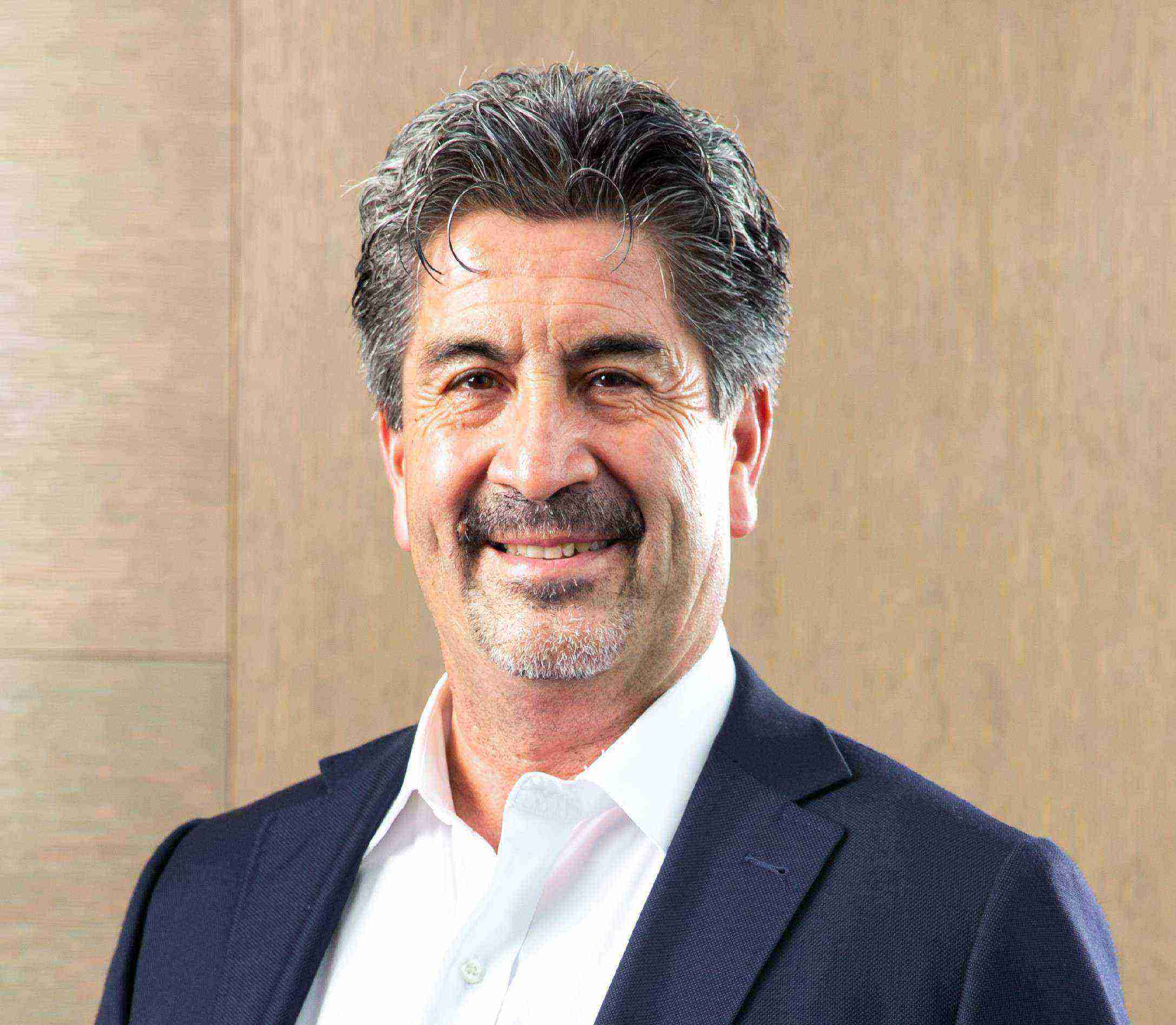Lima, JULY 14 2022Mario Baeza: EIA of the Zafranal project was presented in a Public Hearing with the participation of the communities and for more than 13 consecutive hours.

In March, a virtual meeting was held with authorities and people living in the areas of influence to present the details of the EIA for the Zafranal mining project. The presentation left good impressions and renewed optimism about obtaining the environmental certificate granted by SENACE. Mario Baeza, general manager of Zafranal mining company, tells us about the results of the meeting and his perspectives on PERUMIN.
1. What were the procedures prior to having the Public Hearing for Zafranal mining project’s EIA?
First of all, I would like to explain that the Public Hearing is a mechanism for citizen participation proposed as part of the Citizen Participation Plan (CPP) of the mining project’s EIA-d. The PPC of the Zafranal mining project was approved by the National Environmental Certification Service for Sustainable Investments (SENACE) for its execution.
Before having the Hearing, a call was made through letters to 275 stakeholders in the area of social influence, publications in national, regional, and local newspapers, radio spots, posters, and loudspeakers in the town of Lluta. Additionally, visits were made to this populated center by social promoters, who brought information about the Project before the Public Hearing and collected the population’s questions and comments, all of which were answered during the Public Hearing.
Likewise, since 2019, citizen participation mechanisms approved by SENACE have been implemented as part of the process of preparing our EIA-d in our area of direct social influence. These consisted in conducting 4 participatory workshops and 5 informative meetings. A total of 5,475 copies of informative material were also distributed, and 5 in-person Permanent Information Offices (PIO) and 1 virtual PIO were set up. Similarly, we have deepened the population’s understanding of the project through interactive mechanisms, such as 5 events called itinerant information modules. Along the same lines, 8 guided visits (face-to-face and virtual) to the project and 4 focus groups (face-to-face and virtual) were conducted.
2. Who attended the meeting and what kind of information was shared with citizens about the Zafranal project?
The meeting was attended by 382 people, who asked a total of 439 questions. Eight provincial and local authorities also participated in the General Committee.
During the Public Hearing, a video was presented on the detailed Environmental Impact Study of the Zafranal project, which was prepared by CMZ and the environmental consultant Ausenco, and which was structured with the following topics:
1. Introduction
2. Project description
3. Physical Baseline
4. Biological Baseline
5. Social Baseline (Majes El Pedregal, Lluta populated center, Huancarqui populated center, Pedregal Annex, and Corire populated center).
6. Archaeological Baseline
7. Citizen Participation
8. Characterization of Environmental and Social Impacts
9. Environmental Management Strategy
10. Economic Valuation of Environmental Impacts
This information, which is basically technical, was written in a friendly language, using everyday examples that the population can relate to, and had a summarized printed version that was distributed in the 5 Permanent Information Offices (PIOs) and in our virtual PIO, and was also distributed from door to door, from the date on which the admissibility of the EIA-d of the project was achieved and after the Public Hearing.
3. What were the most important indicators of this transcendental meeting and what was the final result?
Our Public Hearing was held on March 26, 2022, and lasted more than 13 uninterrupted hours. It was successful because it fulfilled the objective of informing citizens about the project's environmental impact study and promoting greater participation of the population in the project's areas of influence: Majes El Pedregal, Lluta, Huancarqui, Uraca, and Pedregal Annex.
Our Public Hearing was broadcast on the traditional mass media (radio and TV) most watched or listened to in the areas of influence, as well as via digital platforms (Facebook) and community media, such as the use of megaphones and field visits in the specific case of Lluta.
The media proposed for broadcasting the Public Hearing were selected based on ratings studies conducted by specialized companies.
Some indicators:
- 8 authorities took part in the Hearing, including mayors and councilors from the 5 areas of influence.
- 439 questions were received and answered live by representatives of CMZ, the environmental consultant AUSENCO, and SENACE.
- The Public Hearing was broadcast live through 9 media outlets (5 radio stations, 2 TV channels, Zafranal's Facebook, and SENACE's YouTube channel). Additionally, loudspeakers were set up in 2 places in Lluta so that people could listen to the Hearing.
- 7 channels for receiving questions were implemented (1 toll-free phone line, 4 WhatsApp numbers, Facebook comments, and 2 e-mail addresses).
- Of the total number of reactions (1,836) to the Public Hearing on Facebook, from March 26 to 29, 96% were positive reactions (I like it, I love it, It is surprising, It is amusing).
4. What are your expectations about the development of PERUMIN 35 and how do you think it will impact the industry and society?
Without a doubt, PERUMIN 35 will be historic, since after three years, and within the framework of the celebration of Peru's bicentennial, we will meet in-person again in the most important mining convention in Latin America and one of the most important in the world.
The fact that PERUMIN 35 is called "Building together a greater Peru" is meaningful, since it seeks to promote the generation of consensus among the different public and private actors linked to mining, so that together—each one of us playing our role—we can contribute to the development and prosperity of our country.
This space, which brings together domestic and foreign industry professionals, investors, and representatives of public and private institutions, gives us the opportunity to learn about industry innovations and advances in technology by companies, as well as to reflect and share experiences regarding sustainability and the challenges of the mining industry in terms of diversity, inclusion, and climate change, among other aspects.
I am very pleased that this event will be held again in Arequipa, the region where the Zafranal project is located, as it will undoubtedly have a positive impact on the recovery of the hospitality industry of the region that hosts us and to which we want to contribute by doing sustainable mining







